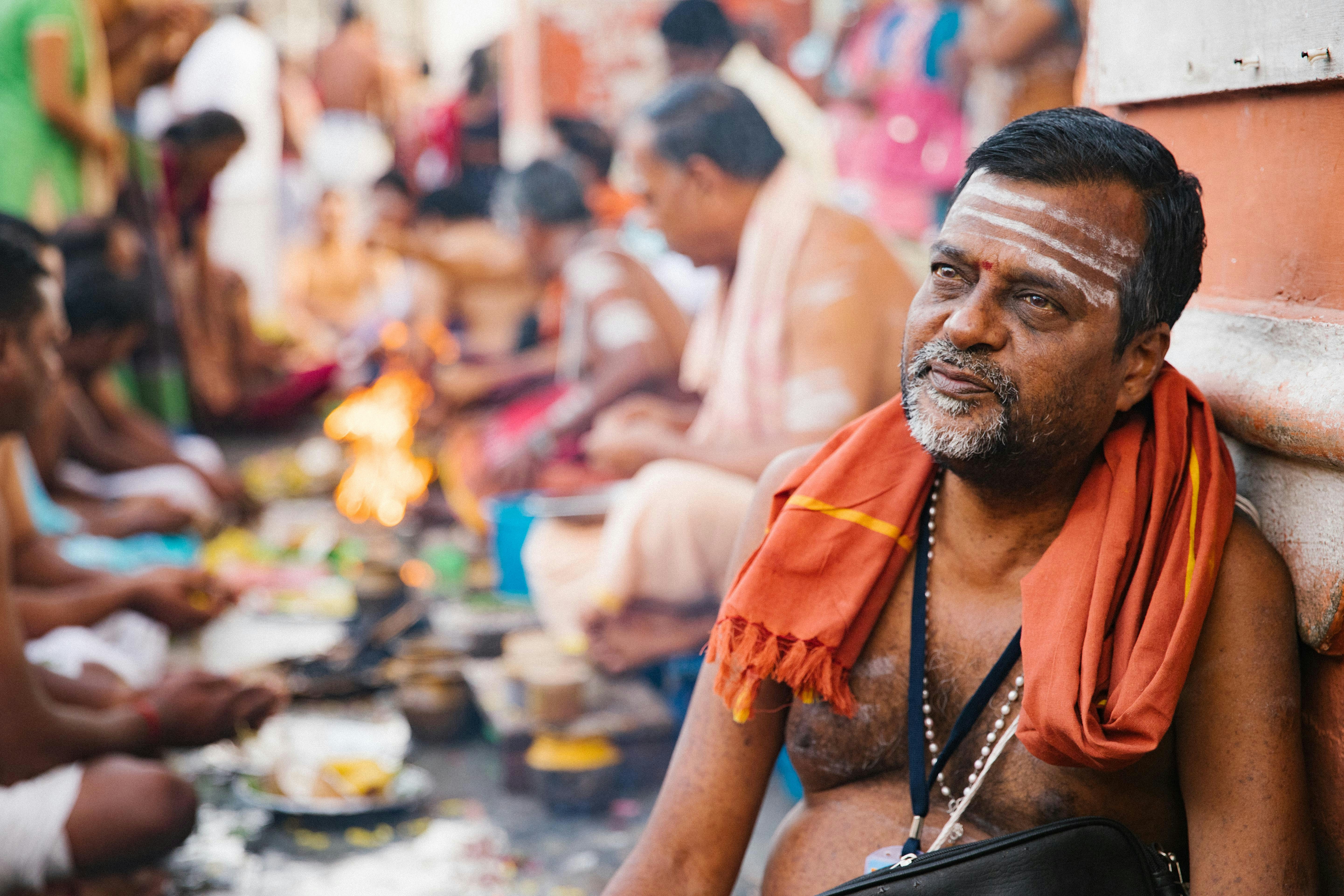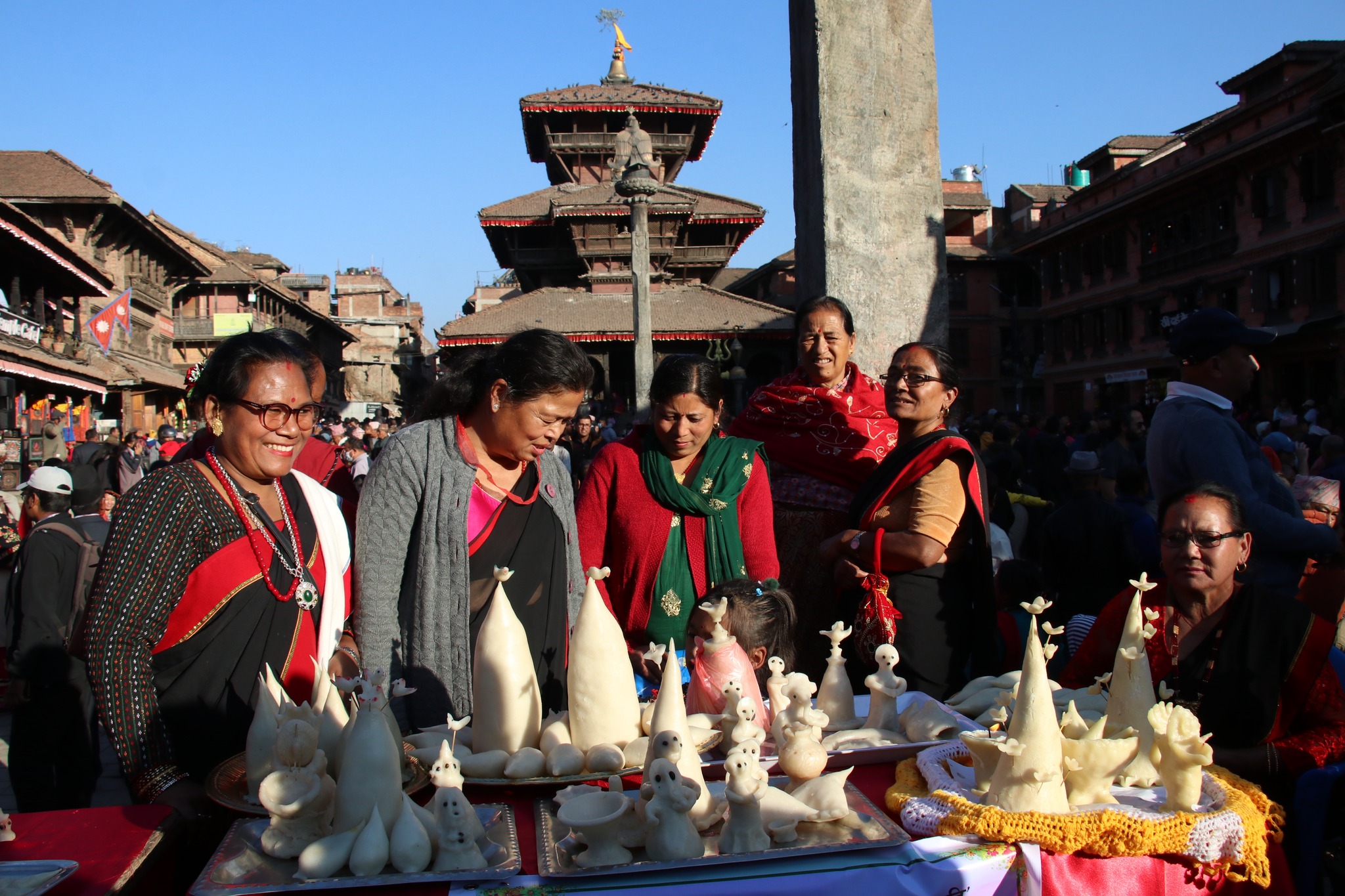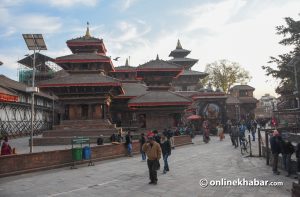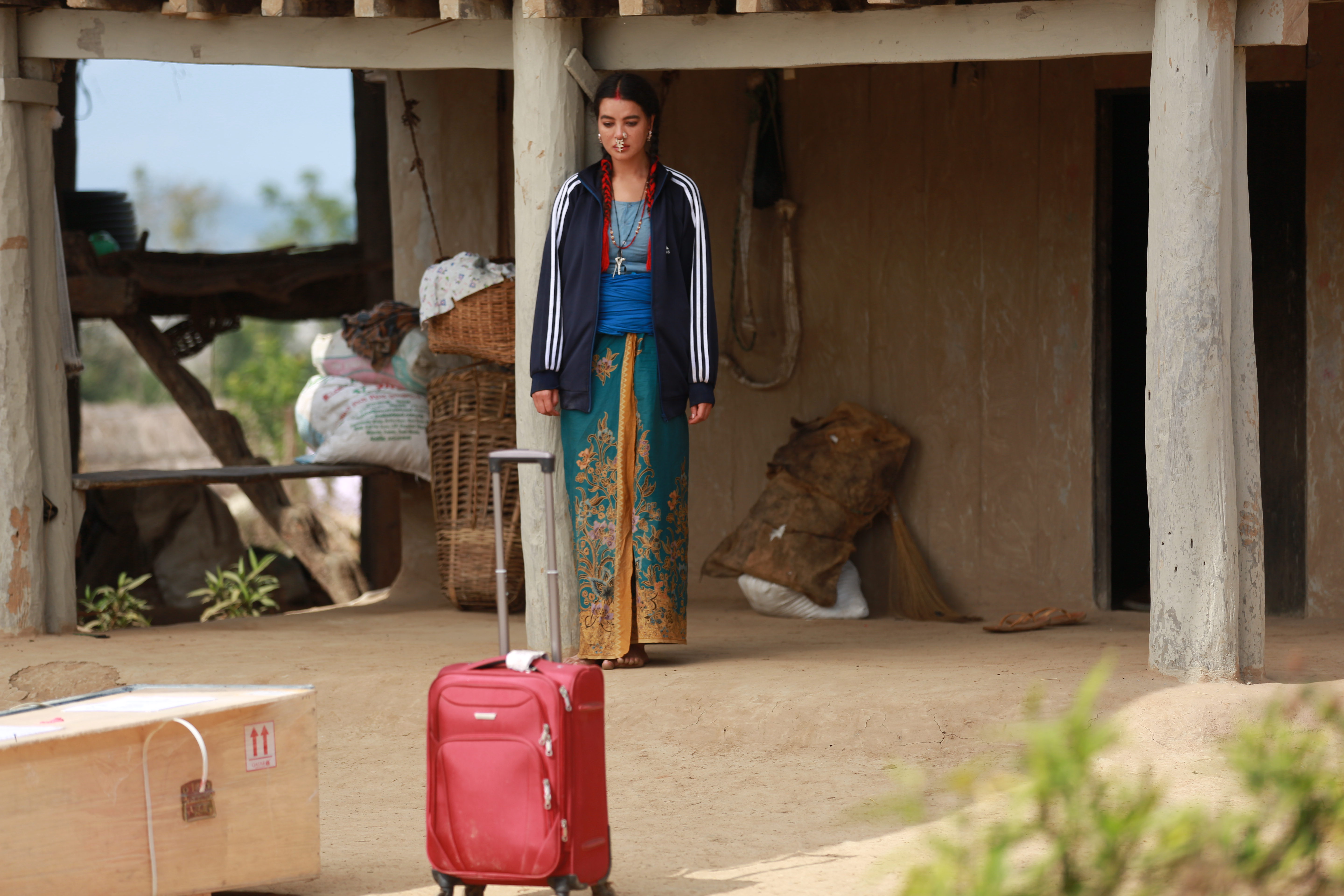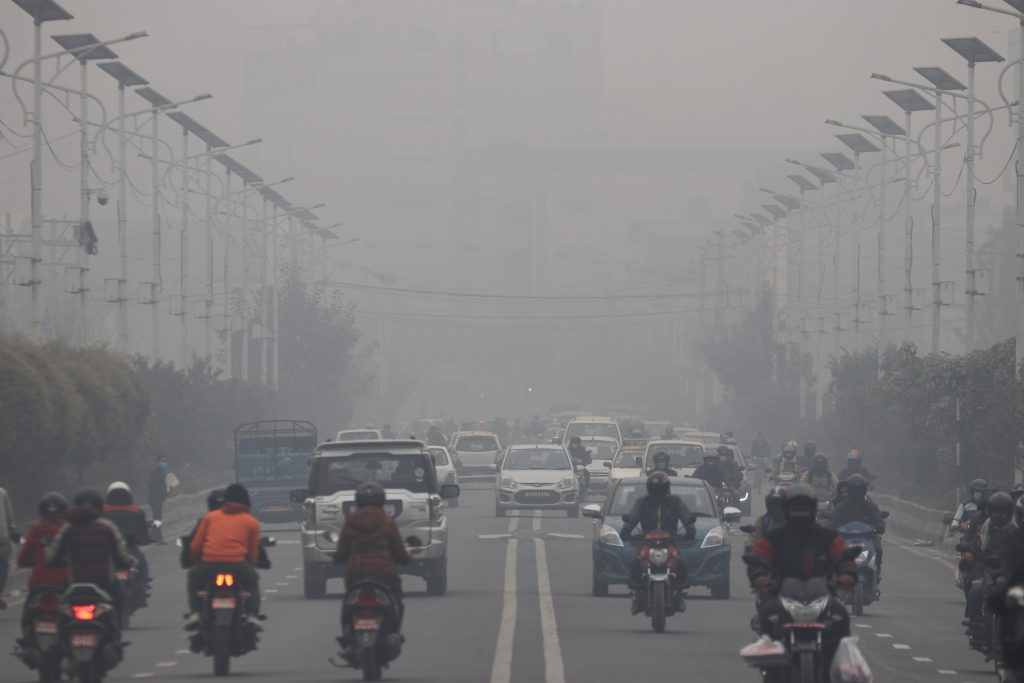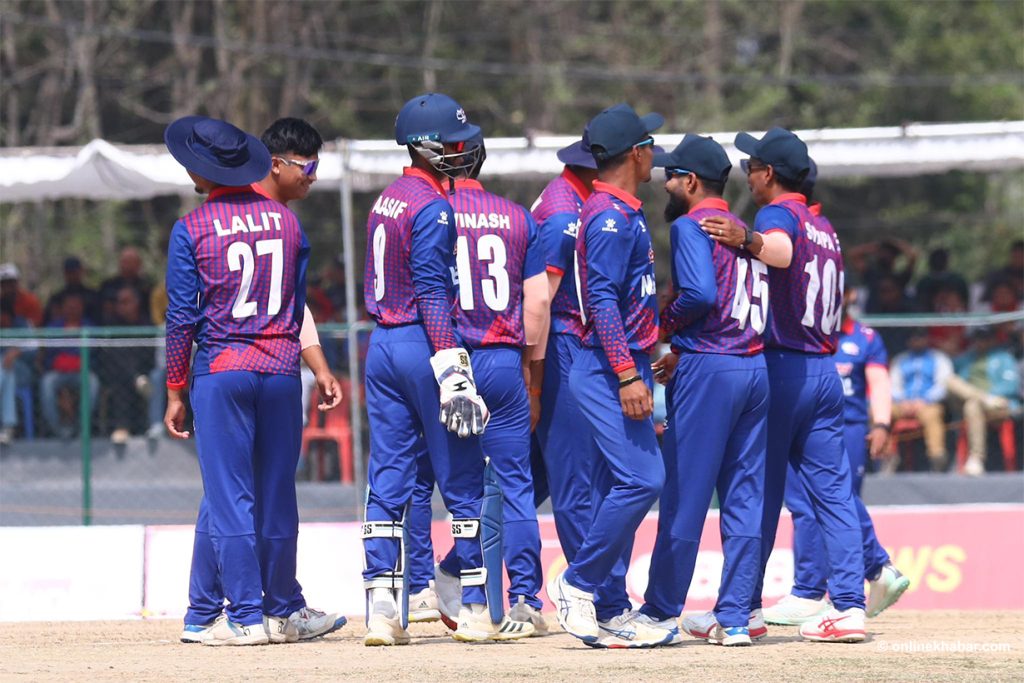
Ananda K Maharjan/Instagram
Art cannot be caged, expression has no bounds.
But tell that to film director Ganesh Dev Pandey (of Manjari fame), and you might get overwhelmed by his anguished retort.
The reason?
His recent film-in-the-works, GajaBaja, is being reviewed by the Supreme Court because the title alludes to ‘marijuana’. The production of the film has been halted by Nepal Film Development Board (NFDC) claiming that its title sends ‘negative imagery’ to masses.
Looking at film fraternities worldwide, we could say that this could be one of the few cases in which a film has been dragged to the gates of the highest court because of the title itself.
“If anyone can question the rights of a filmmaker to choose a title, I question their authority towards censorship,” says theatre actor and director Sunil Pokharel.
“I don’t agree with such harsh actions.”
This is not the first instance that a film has blipped on the strict radar of the censor board. On one hand, the Board has not been able to correctly define its guidelines; hence scenes are cut out without any justification. On the other, the Board has not been able to produce a policy for a rating system, which could easily categorise films according to age and recommended viewers. This would, in turn, not hamper the essence of the myriad films being produced.
Also read: How successful have Nepali filmmakers been with the historical genre?
“I do not agree that a film cannot have a certain title,” says director Dinesh DC.
“In Nepal, we have seen a film titled The Rape hitting theatres. There are films named Hatya (Murder), Hatyara (Murderer), Khukuri (Blade), Atankakari (Terrorist), and many others in our archives”.
“One can come across a Hindi film titled Charas (Cannabis). And this was a 1976 film featuring Dharmendra,” says filmmaker Asif Shah, whose debut movie Karkash released in 2013. “We are here now, and talking about a similar title. Isn’t this a tad surprising that we are trying to stop a film from having almost similar title in this day and age?”
True enough, films all over the world have accepted titles like Blow (synonym of Cocaine), Dope, Pineapple Express (a form of cannabis), and also have their core content related to consumption or distribution of drugs like Hare Krishna Hare Ram, Satya, Dev D, Shaitan, Harold and Kumar series, among others.

DR Films/Tuka Entertainment/Kabil Cinema
While films like these do need attention from the censor board (they might be required to justify whether they are not ‘promoting’ substance abuse), the makers cannot be put under the guillotine just because there is a probability that it will ‘corrupt’ the mindset of the young audience.
Films, come as they may, have the potential to change society and influence a large body of youths towards a set direction. Since films are not only a form of art but also a reflection of society in microcosm, films do need supervision from a regulatory body.
But to regulate censorship, it is high time for our Nepali film censor board to define its policies on these fronts: Nationality and sensitivity.
Films all over the world have strict understanding of nationality. Issues like burning a flag, making anti-Samaritan remarks, obstructing the peace and understanding between two countries through ‘un-nationalistic’ imagery, and others have been frowned upon and put down in censor board’s regulatory all over the world.
Also read: Nepali comedies are doing well. But for how long can they sustain the industry?
As far as sensitivity is concerned, countries have their own societal norms to drive them. Issues of nudity, profanity, pornography, gore, violence, sexism, child abuse, and other such sensitive issues have been defined according to the cultural acceptance of the country.
In Nepal, however, definition of both nationalism and issues of sensitivity is hazy. Hence, most of the filmmakers like Pandey believe that their films are ‘controlled by personal whim’, rather than by a defined regulation.
While ‘lift the ban imposed on GajaBaja’ is actively being pursued in all social media circuits, this issue cannot be resolved until and unless Film Development Board of Nepal can sort out guidelines and policy that not only address situation like that of GajaBaja, but also pave a path for other films in the future to be categorised under viewers’ age and acceptance via a well-defined rating system.
Here are some suggestions as to how Nepali films’ censorship can be managed:
- Organise a nationwide forum for filmmakers and culturists alike to determine the issues of nationalism and societal sensitivity.
- Propose a flexible policy that can encompass any film under it, without hampering its creative aspect.
- Propose a general rating system and guidelines for it, rather than chopping the scenes off a film. This rating system can be preliminarily determined by age group or viewer’s discretion.
- Ensure that the content of the film does not attack nation’s integrity or cross the lines of sensitivity by providing an approval on the film’s script rather than chopping them off after the film’s editing process has been complete.
(Adhikari is the Creative Director at Ad Media Pvt. Ltd.. He is an avid film aficionado and writes on entertainment. Views are personal.)





